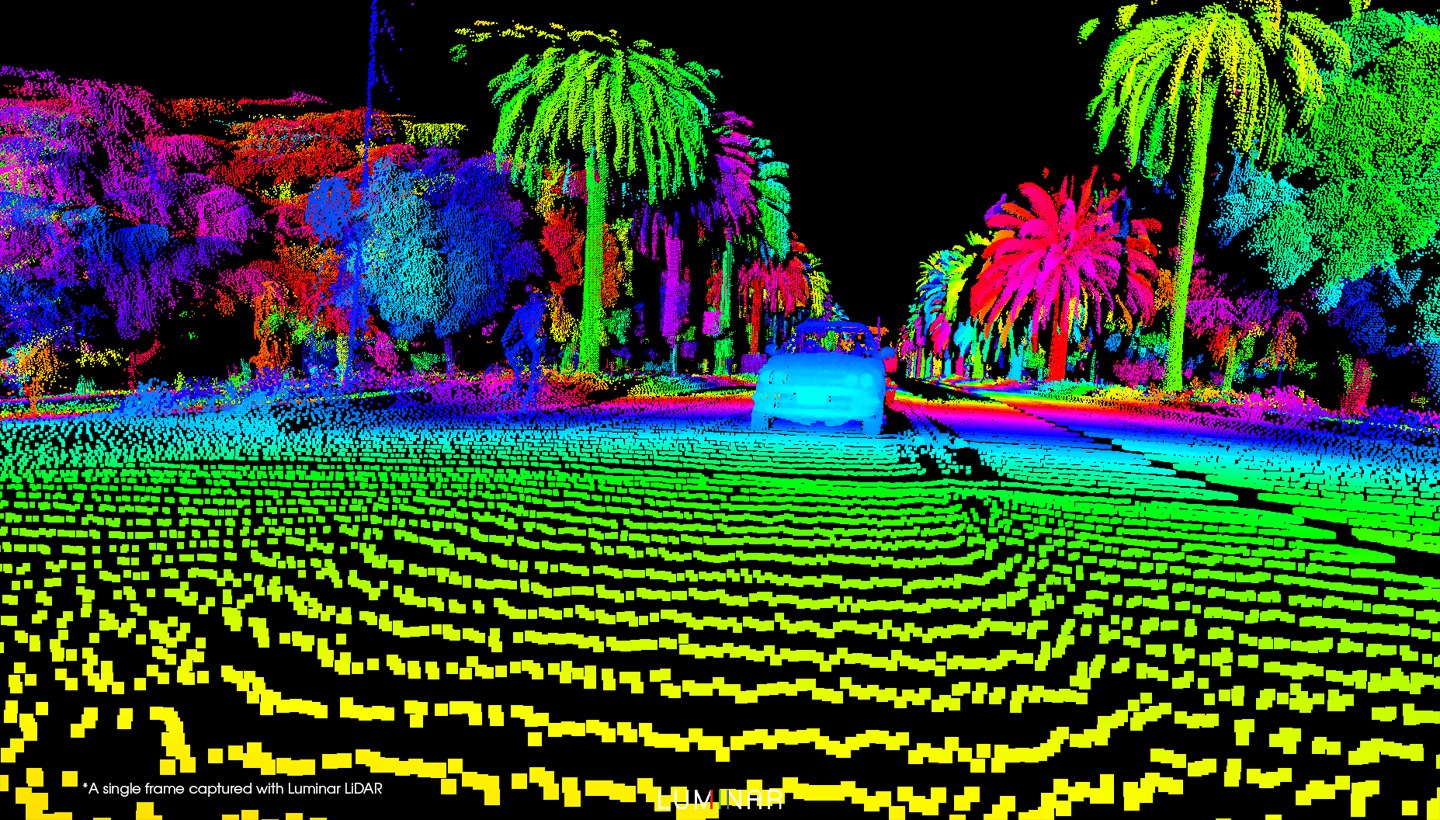Toyota Partners with Luminar on Autonomous Vehicles

Research arm of the world's largest auto manufacturer is first to announce work with Luminar to accelerate bringing its autonomous cars to market
The Toyota Research Institute (TRI) has unveiled its newest autonomous test vehicle, Platform 2.1, featuring Luminar's sensing technology.
Luminar says it has taken a new approach to LIDAR by building all major components in its system from the ground up: lasers, receivers, scanning mechanisms and processing electronics. The architecture requires only a single laser, single receiver, and ultra-fast scanner to collect millions of points of information in the environment from just a fraction of the components used in today's LiDAR systems.
Luminar's LiDAR is said to deliver more than an order of magnitude greater resolution than current sensors and the ability to see dark objects, such as a tire (10 percent reflectivity) at over 200 meters, compared to less than 40 meters. The sensor is also the first to allow resolution to be concentrated where it's needed most, in real time, enabling the car to clearly see and recognise cars, people, and objects, even at distance.
In April 2017, Luminar came out of stealth after five years in development to debut a new sensing technology for fully autonomous vehicles. To date, the company has raised $36M in funding from Canvas Ventures, GVA Capital and 1517 Fund, has built a team of over 250 people across three offices, including a 70,000-square-foot manufacturing facility in Orlando where it will begin a 10,000-unit run this year. Luminar has scaled up its partnerships with a select few companies - TRI being the first to deeply integrate the new sensing platform.
"We moved swiftly and early to adopt the Luminar platform into our fleet, and as a result we're rapidly advancing our program," said James Kuffner, CTO, Toyota Research Institute. "The level of data fidelity and range is unlike anything we've seen and is essential to be able to develop and deliver the most advanced automated driving systems."
"We're proud to enable the most advanced and rapidly evolving autonomous vehicle programs," said Luminar Founder and CEO, Austin Russell. "As the group defining the future of vehicle autonomy for the largest auto manufacturer in the world, TRI has the greatest opportunity to lead the charge in deploying life-saving self-driving technology at scale. By equipping vehicles with the best quality 3D data, better-than-human perception can finally become a reality - charting the fastest, safest course for full autonomy."
































